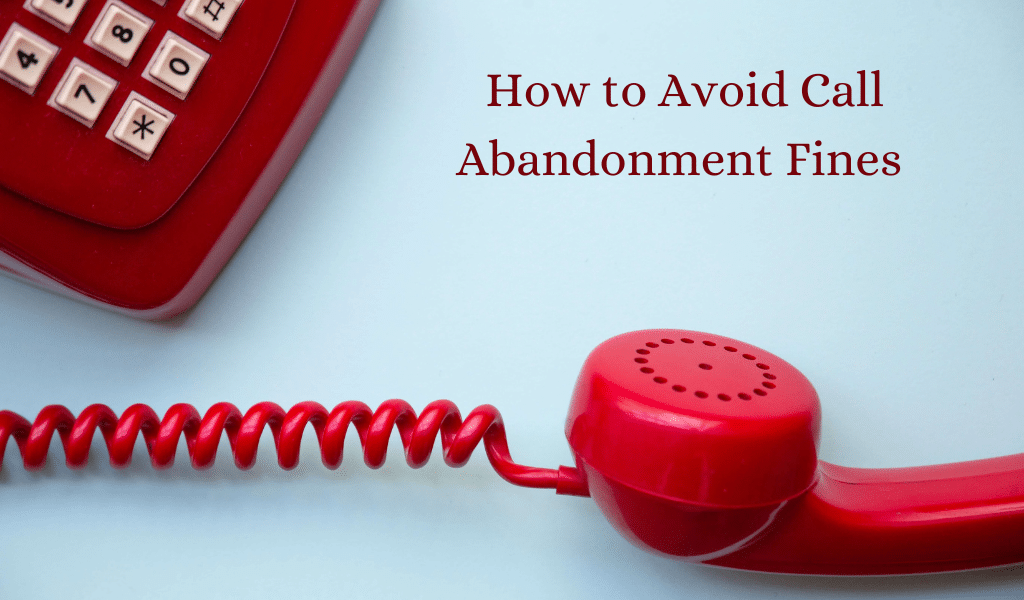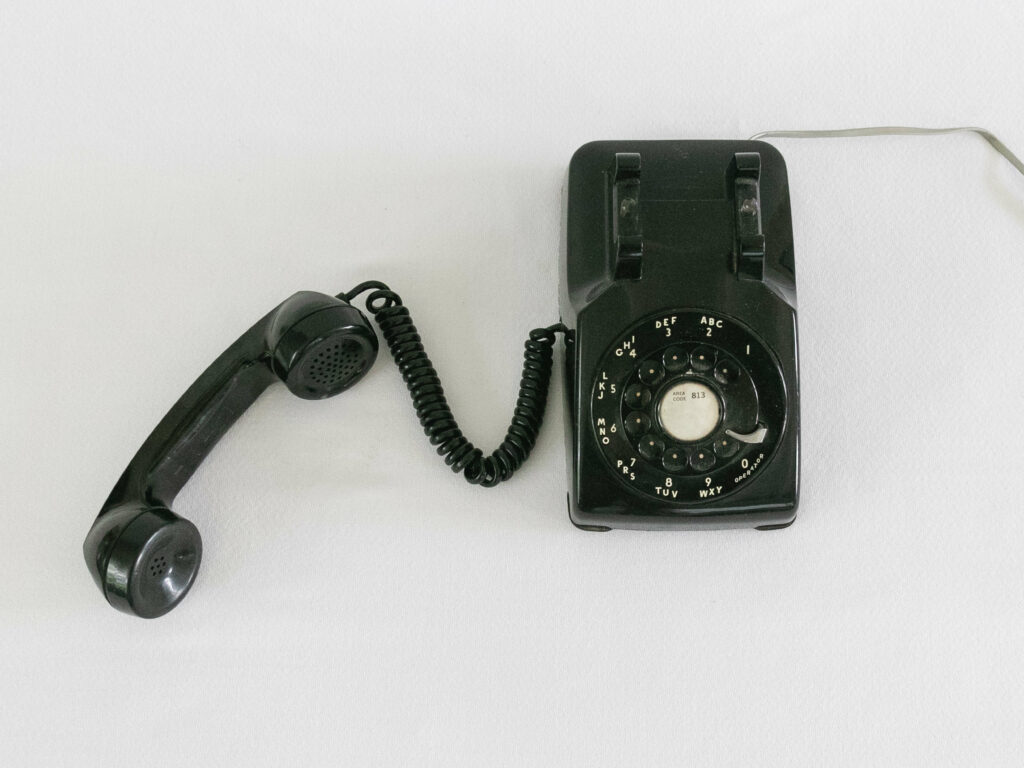Call abandonment is bad for your customers and for you. But it can also bring you some hefty fines if you aren’t careful.
Even if you didn’t give it much thought at the time, you’ve experienced call abandonment. Your phone rings. You don’t recognize the number, but decide to pick it up anyway. You say hello, and then… nothing. A few seconds go by with no one there, so you hang up. If that call came from a telephone salesperson or organization, there’s a good chance that was an abandoned call.
The Federal Trade Commission (FTC) says that “an outbound telephone call is “abandoned” if a person answers it and the telemarketer does not connect the call to a sales representative within two seconds of the person’s completed greeting.”
It’s not just a matter of being annoying, though. Call abandonment can lead to real financial penalties and a potential injunction that could prevent you from making sales calls at all! A 2023 case brought by the Department of Justice (DOJ) against several defendants has, so far, included a fine of nearly $3.4 million. And one of the more famous cases in recent memory resulted in a $210 million judgment against the DISH Network.
There was a lot more than just call abandonment going on in these cases. However, fines for violations of the Telemarketing Sales Rule (TSR), which covers abandoned calls, are “up to $43,792 for each violation.”
Before you decide to never pick up a telephone again, let’s take a look at why call abandonment happens, and how you can avoid fines, because it’s really not that difficult to maintain compliance.
Make more calls, manage your customers in a cloud database, track your call statistics, and much more with Call Logic. Schedule a free demo today to see what you’ve been missing!
What to watch out for
To understand how you can avoid call abandonment fines, it’s helpful to know where the problem begins. Fortunately, this is a pretty easy issue to diagnose. The FTC even points it out for us! Predictive dialers are notorious for leaving consumers waiting for a sales representative to pick up. Why? Because they make multiple calls simultaneously for every for each available representative.
The thinking is that only a certain percentage of calls get answered. Therefore, if your dialer calls multiple numbers at once, that’s the most efficient way to keep your representatives busy. For example, say 20% of your calls get answered; the software will dial five numbers for each available representative with the assumption that only one person will pick up and the rest will go to voicemail.
That seems like a good way to boost efficiency until you realize that if, say, two or three people answer, you have calls that get abandoned. And in case you think you can record a message for those extra calls, here’s what the FTC says about that:
“The use of prerecorded message telemarketing, where a sales pitch begins with or is made entirely by a prerecorded message, violates the TSR because the telemarketer is not connecting the call to a sales representative within two seconds of the person’s completed greeting.”
In other words, predictive dialers are putting you at risk of abandoning calls, which could lead to fines. Power dialers and automatic dialing software like Call Logic only dial one number at a time. So even though it substantially speeds up your process, you never have to worry that someone will answer a call that your representatives aren’t actually available for.
Don’t fear the call abandonment fines
Using a power dialer vs. a predictive dialer isn’t the only way to avoid fines, though. The FTC also has a safe harbor provision. The first step, however, is to make sure that “a live representative takes the call in at least 97 percent of the calls answered by consumers.” As long as you meet that threshold, then you can take advantage of safe harbor by following these four steps:
- Use technology that “ensures abandonment of no more than three percent of all calls answered by a live person,” per single campaign or 30-day period, whichever is shorter.
- Let the phone ring for either 15 seconds or four rings before hanging up.
- If a live sales representative is unavailable within two seconds of a call being answered, you must play a message that includes the name and number of the person or business you are calling for.
- Maintain records that demonstrate compliance with these stipulations.
Of course, this is all assuming you’re following the other compliance regulations, too. That shouldn’t be difficult, though. While there are plenty of details, the basic premise is that when you make a sales call, you introduce yourself, you’re honest about the reason for the call, you avoid numbers on the Do Not Call list, and you don’t call before 8 a.m. or after 9 p.m. local time.
Make more calls in less time with Call Logic. From automated voicemails to built-in compliance, we’ve got you covered in every aspect of your business. Call for your free consultation today to learn more!

